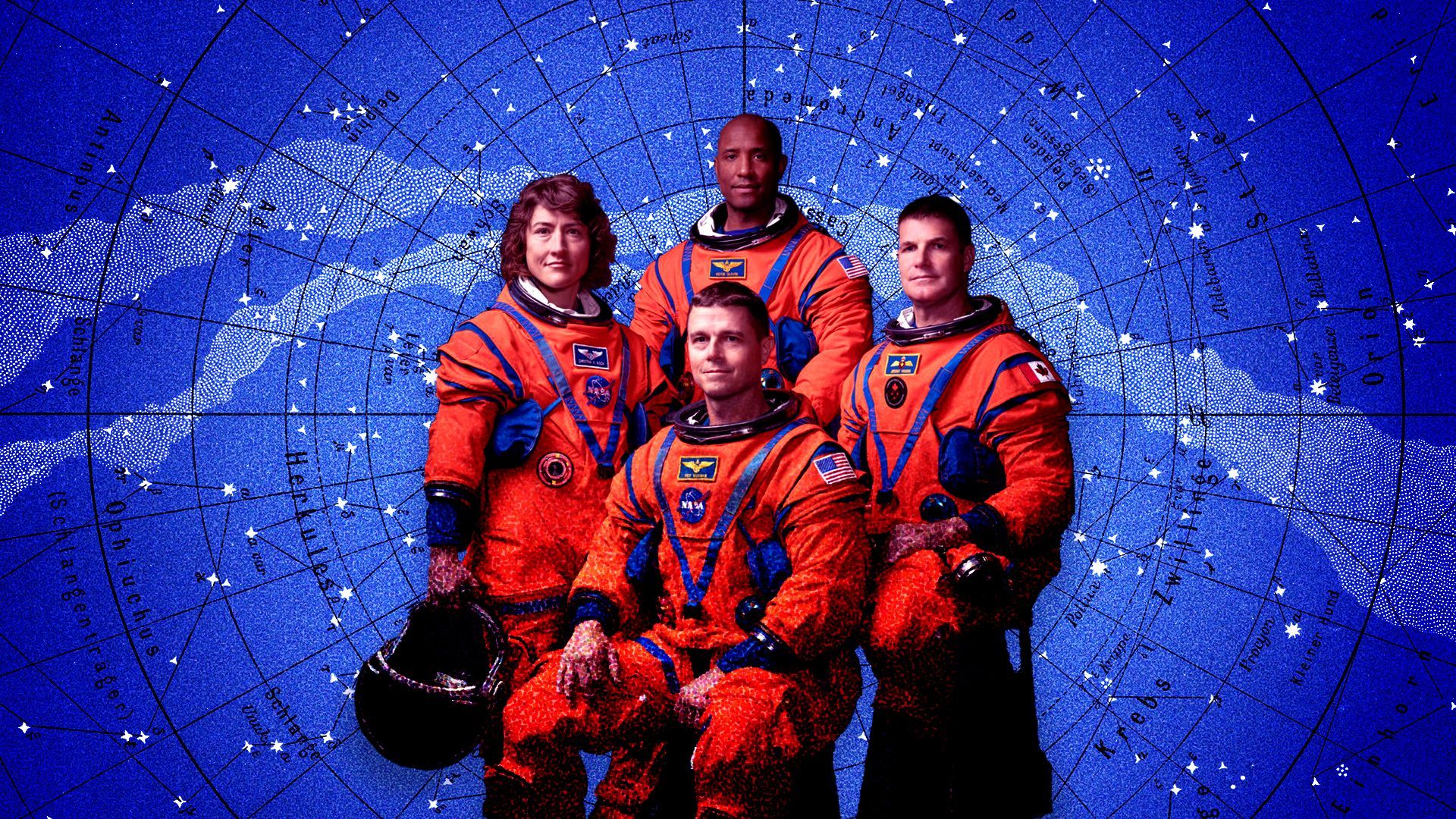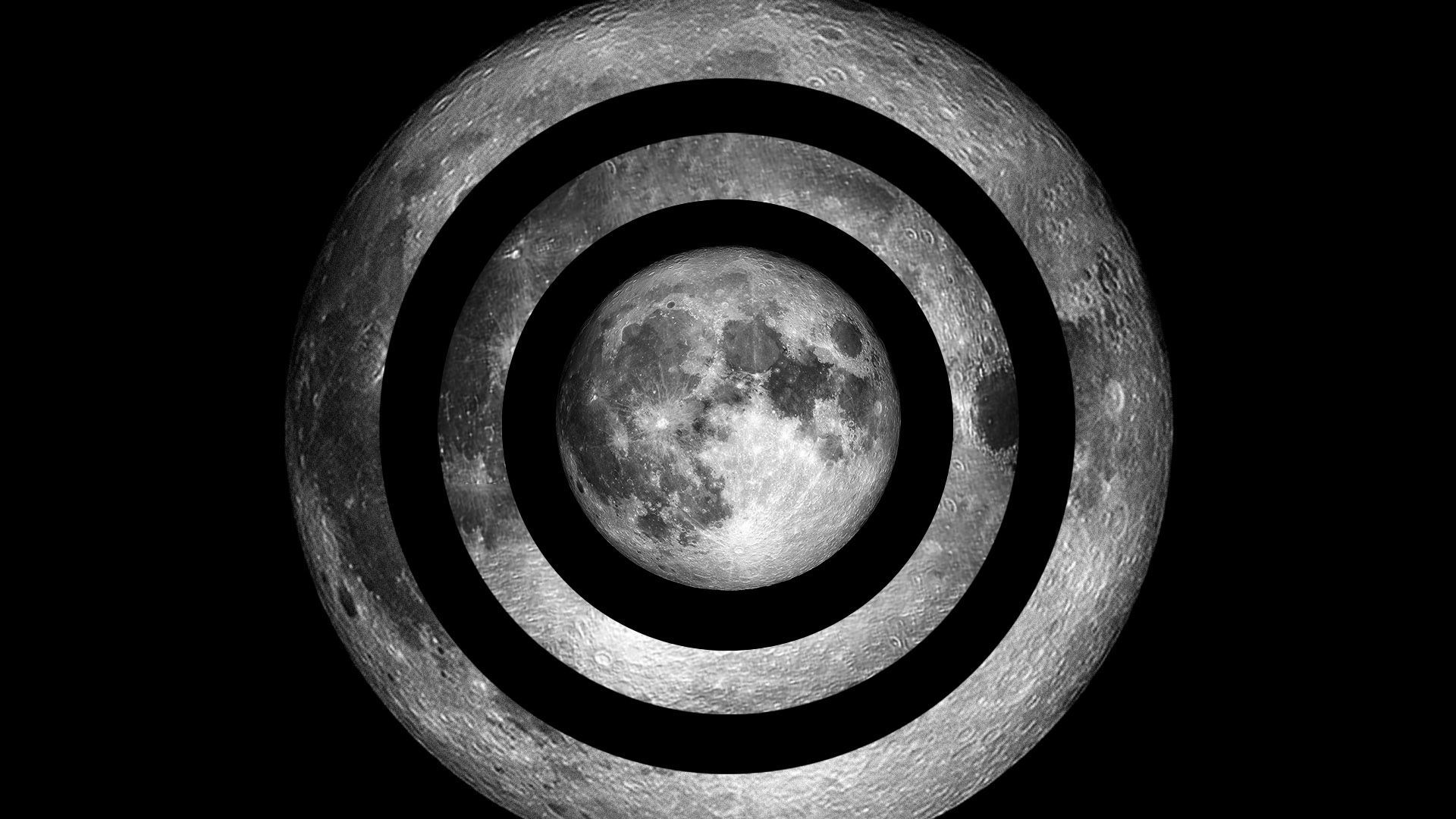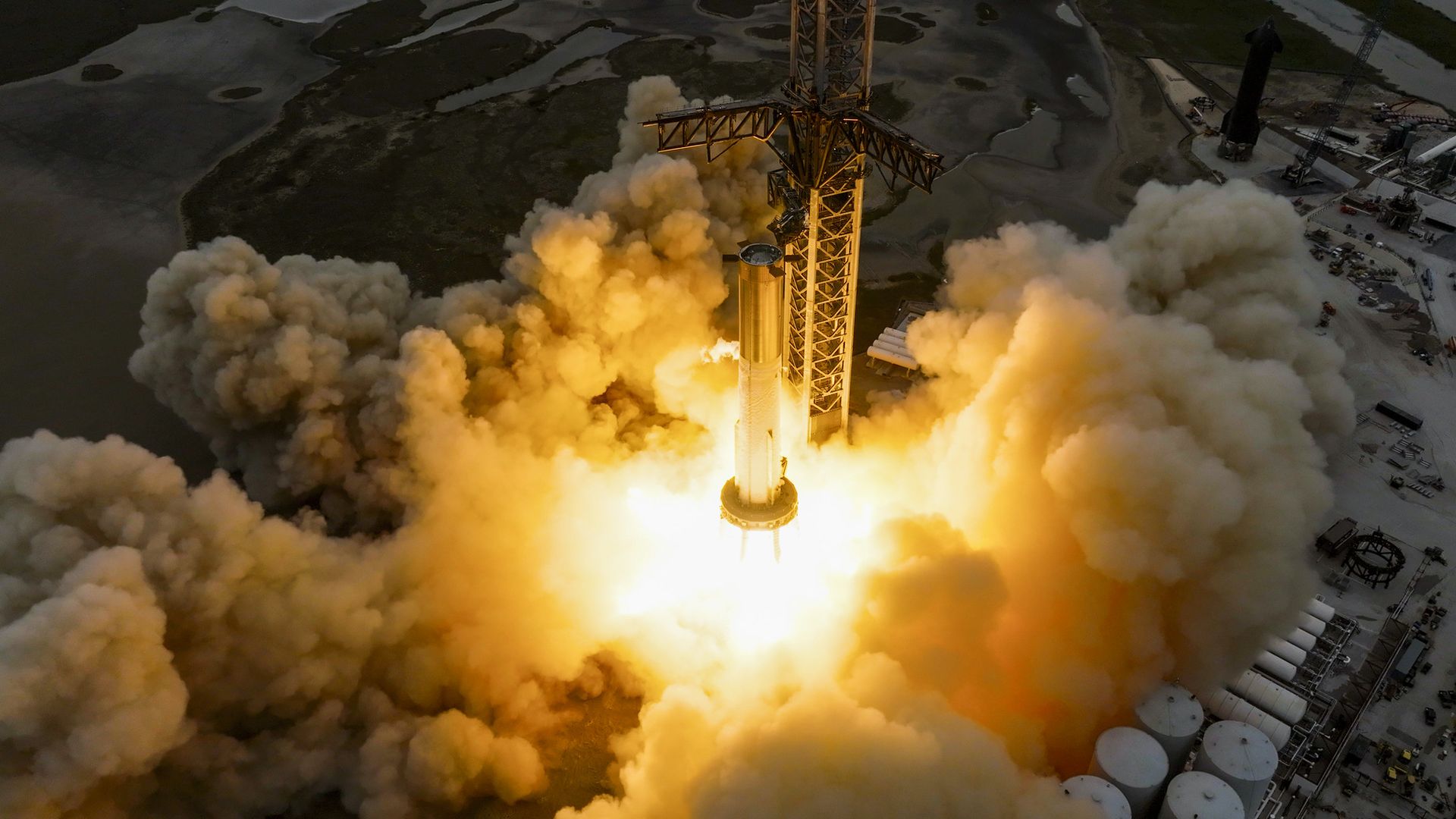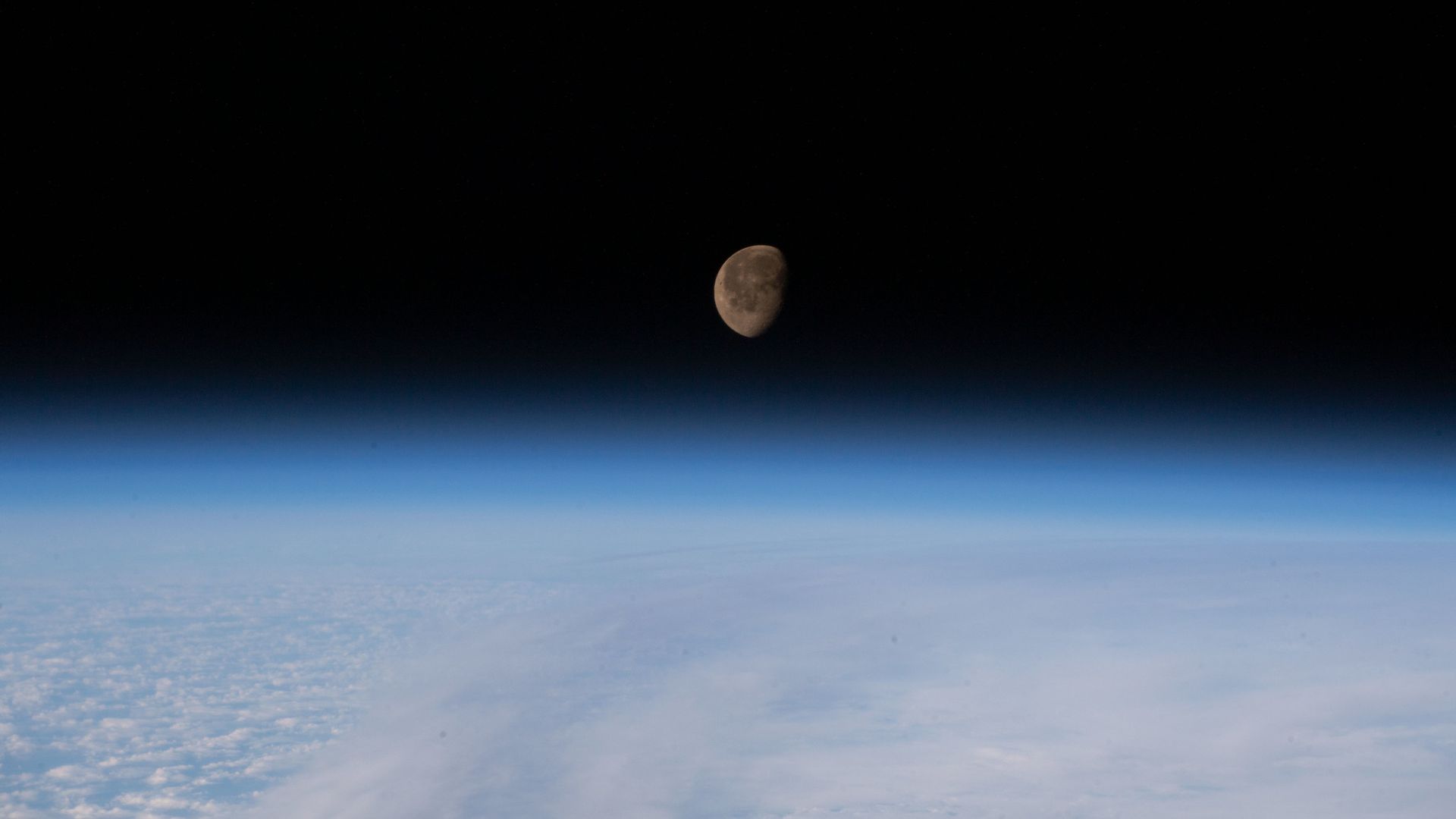| | | | | | | Presented By Intelsat | | | | Axios Space | | By Miriam Kramer · Apr 04, 2023 | | Thanks for reading Axios Space. At 1,370 words, this newsletter is a 5-minute read. - Please send your tips, questions and lunar dreams to miriam.kramer@axios.com, or if you received this as an email, just hit reply.
| | | | | | 1 big thing: A face for Artemis |  | | | Photo illustration: Annelise Capossela/Axios. Photo: NASA | | | | NASA is making good on its promise to center diversity in its Artemis program with Monday's announcement of a new crew of four astronauts who will travel around the Moon and back to Earth as soon as 2024. Why it matters: The faces of NASA's newest lunar ambitions — which include the space agency's first woman and first person of color to launch toward the Moon — highlight the differences between Artemis and Apollo. - "For Artemis to succeed, it has to maintain public support, and this is one way of doing it, giving a face to it," John Logsdon, founder of the Space Policy Institute at George Washington University, tells Axios.
Driving the news: The Artemis II crew includes NASA astronauts Christina Hammock Koch, Victor Glover and Reid Wiseman and Canadian astronaut Jeremy Hansen, NASA announced Monday. - Koch and Glover will be the first woman and person of color, respectively, to launch toward the Moon in NASA history.
- The mission also paves the way for Artemis III, which will be the first crewed lunar landing of the program and is expected to include the first woman and person of color to ever land on the Moon.
How it works: Artemis II, expected to launch as soon as November 2024, will take its crew of four on a slingshot journey around the Moon and then back to Earth. - It will mark the first crewed launch of the Space Launch System and Orion capsule, allowing NASA to test out many of the systems needed for a crewed landing on the Moon as soon as 2025.
- NASA plans to use the Moon as a proving ground to one day get people to Mars.
- "We need to celebrate this moment in human history because Artemis II is more than a mission to the Moon and back," Glover said during the announcement event. "It's more than a mission that has to happen before we send people to the surface of the Moon. It is the next step that gets humanity to Mars. ... And this crew will never forget that."
Flashback: Artemis II "really is reminiscent for me — of a certain age — of Apollo 8," Bill Nye, the CEO of the Planetary Society, tells Axios, referencing the 1968 mission that sent astronauts around the Moon before coming back to Earth — a precursor to the 1969 Apollo 11 mission. - "Apollo 8 changed the world. It changed the way everybody felt about being a living thing on a planet in the cosmic loneliness that is space."
- That mission saw the astronauts aboard beam home the "Earthrise" photo, revealing the Earth rising above the surface of the Moon.
The big picture: The Apollo program was born out of a race between the U.S. and the Soviet Union for geopolitical dominance that extended to the Moon. - Instead of framing Artemis as a race between nations, however, NASA sees the program today as an opportunity for collaboration, and the Artemis II crew is proof of that.
- Hansen will be the first Canadian to fly a Moon mission in history, and his selection underlines the importance of the international community to the program. Artemis III will carry a non-American astronaut to the lunar surface as well.
Yes, but: International tensions are still brewing in space, and specifically on the Moon. - China and Russia have signed an agreement to build a research station on the Moon, and neither nation has signed on to NASA's Artemis Accords to help govern exploration of the Moon.
|     | | | | | | 2. From plastic waste to food in space |  | | | Illustration: Shoshana Gordon/Axios | | | | Someday, astronauts may be able to eat a steak made from plastic — or discarded potato peels — while floating far beyond Earth's atmosphere, my colleague Ayurella Horn-Muller writes. Why it matters: As software continues to invade our kitchens, 3D-printed food systems are being explored by scientists and startups trying to figure out what astronauts would eat on deep space missions. Driving the news: Ohio-based startup Beehex first revealed its plans for a "container" bioreactor that makes 3D-printed meals derived from plastic waste at the CES 2023 tech conference in January. Details: Converting plastic waste into something edible is the brainchild of a Michigan Tech lab, where researchers are using microbes that feed on plastic. - Stephen Techtmann, who runs the lab, described the process as taking the plastic to "break it down, feed it to microorganisms and then recover those microbial cells as a food product," per MLive.
- The 3D printing team at Beehex is now taking the resulting biomass and making "palatable foods," says Anjan Contractor, Beehex co-founder and NASA-affiliated engineer.
How it works: Beehex's 3D food processing machinery uses a specially designed extruder — which is the piece of a 3D printer that essentially melts and pushes out a filament to create layered parts. - The extruder aligns fibers and builds textures — chewy, crunchy or soft — into ingredients, like a granular powder form of once-plastic biomass, before the 3D printer creates the shape.
- In that process, the printer can be customized to add missing micronutrients, flavors and taste profiles to the biomass, creating "a variety of different foods" — like a steak re-created out of plastic.
Reality check: The project is in the very early stages of development — so it's up in the air whether a dish originally made from the "cells produced when the bacteria feed off the plastic" would actually pass a federal food safety check. The intrigue: Thinking even further ahead, the Beehex team is also working to provide astronauts the ability to one day turn excess waste produced during space farming into meals. - One example: "If they are growing beets, the entire plant cannot be consumable. You have the roots which are consumable, but it's the other parts, leaves and stems and some of the roots, they will be thrown away. ... This thrown away part is something that we collect," says Contractor.
The big picture: In partnership with the Canadian Space Agency, NASA is currently in the second round of the Deep Space Food Challenge. - Participants are building prototypes of sustainable, low-waste solutions for producing food that would sustain a crew of four on a three-year deep space mission.
- Winners of this round will be internally selected Wednesday, says Ralph Fritsche, exploration food systems expert for the Deep Space Food Challenge and member of its judging panel.
Read the rest |     | | | | | | 3. Sending a commercial rover to the Moon |  | | | Illustration: Natalie Peeples/Axios | | | | A SpaceX Starship has been tapped to send a privately built rover to the Moon as soon as 2026. Why it matters: Private companies — like SpaceX and Astrolab, the company building the rover — see a profit to be made in and around the Moon, and they're starting to build the infrastructure to make it happen now. Driving the news: Astrolab is currently testing its FLEX rover ahead of launch, and the company says it has "already signed several customer agreements to carry payloads on this mission," the company said in a press release. - The rover is designed to be operated from Earth or act as a vehicle for two crew members in spacesuits.
- "Our Astrolab team has created much more than a rover for use on the Moon or Mars," Jaret Matthews, founder and CEO of Astrolab, said in the press release.
- "We've created a logistics system that can accommodate a wide variety of cargo. We expect that this approach will help establish a permanent lunar outpost on the Moon at a lower cost and in less time than previously envisioned."
What to watch: SpaceX still has a long way to go before launching Astrolab's rover to the Moon. - The company hasn't yet launched an orbital flight of its Starship vehicle, but that could happen as early as this month.
|     | | | | | | A message from Intelsat | | Critical Missions: High-speed communications in Africa | | |  | | | | The challenge: Ensuring affordable broadband connectivity in Africa is critical, but there are many hurdles to overcome. The solution: Intelsat, the first to provide satellite communications services in Africa, is working to connect the unconnected. Learn how. | | | | | | 4. Out of this world reading list |  | | | A test firing of SpaceX's Super Heavy rocket. Photo: SpaceX | | | | ✈️ Richard Branson's Virgin Orbit files for bankruptcy (Anna Cooban, CNN) 🚀 SpaceX may launch Starship orbital test flight next week (Mike Wall, Space.com) 🪖 Redwire to demonstrate a security camera for military satellites (Sandra Erwin, SpaceNews) 🛰 NASA head criticizes China's space agency for lack of transparency (Jacob Knutson, Axios) |     | | | | | | 5. Weekly dose of awe: To the Moon |  | | | Photo: NASA | | | | NASA's present and future are captured in one photo. - This image — taken from the International Space Station — shows the Moon shining above Earth's thin atmosphere.
- The station was south of Alaska, 264 miles above the Pacific Ocean when this image was taken.
|     | | | | | | A message from Intelsat | | Bringing connectivity to Africa | | |  | | | | Intelsat is connecting the unconnected in Africa through satellite communications services. - "It's very important for us to provide connectivity to this underserved population because if we don't, a large portion of the African population will fall behind the modernized world."
Learn more. | | | | 🧑🏾🚀 Big thanks to Laurin-Whitney Gottbrath for editing, Sheryl Miller for copy editing, and the Axios visuals team. If this newsletter was forwarded to you, subscribe. |  | | Are you a fan of this email format? Your essential communications — to staff, clients and other stakeholders — can have the same style. Axios HQ, a powerful platform, will help you do it. | | | | | | Axios thanks our partners for supporting our newsletters.
Sponsorship has no influence on editorial content. Axios, 3100 Clarendon Blvd, Arlington VA 22201 | | | You received this email because you signed up for newsletters from Axios.
To stop receiving this newsletter, unsubscribe or manage your email preferences. | | | Was this email forwarded to you?
Sign up now to get Axios in your inbox. | | | | Follow Axios on social media:    | | | | | |
No comments